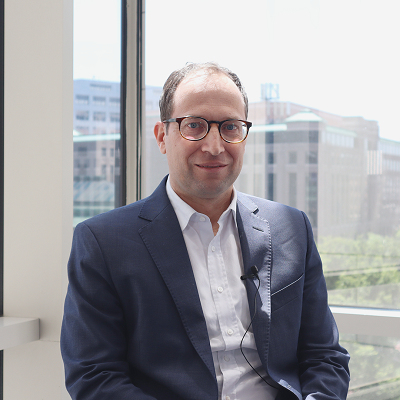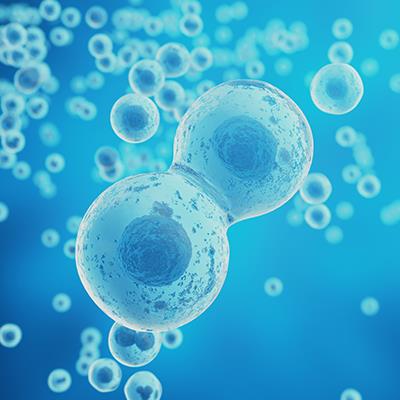August 8, 2022 -- A new injectable hydrogel developed by University of Wisconsin-Madison researchers has been successfully used as an immunity-boosting postoperative treatment in mouse models of human glioblastoma, one of the most complex, deadly, and treatment-resistant cancers that begin within the brain.
Writing in an August 3 article in the journal Science Translational Medicine, the researchers published their results for the hydrogel which is designed to be injected into the brain cavity left behind by the excised tumor, filling the cavity and slowly releasing the medicine into the surrounding tissue to promote a cancer-killing immune response.
As the researchers point out in their article, glioblastoma multiforme (GBM) has a high rate of recurrence, which is in large part due to the fact that surgeons can't always remove every bit of residual tumor or glioma stem cells (GSCs) in the brain.
To target these cells, researchers developed the cavity-injectable hydrogel that contains GSC-targeting nanoparticles able to create chimeric antigen receptor (CAR) macrophages, essentially engineering the immune cells to target and kill any lingering glioma stem cells. The nanoparticles engineer the macrophages to target a glycoprotein called CD133, a marker for cancer stem cells, while a CD47 antibody blocks a "don't-eat-me" signal to promote macrophages to recognize the cancer cells.
According to the article's authors, their work shows that the injection of hydrogel into preclinical humanized mouse models "generate CAR macrophages in the resection cavity and prevent postoperative relapse" providing a "promising treatment for patients with GBM" that warrants further clinical study.
"It provides hope for preventing glioblastoma relapse," Quanyin Hu, PhD, an assistant professor in the University of Wisconsin-Madison School of Pharmacy's Pharmaceutical Sciences Division, said in an August 8 statement. "We prove that it can actually eradicate these glioma stem cells, which can eventually prevent the glioblastoma from coming back. We can significantly improve survival."
According to the National Brain Tumor Society, the five-year survival rate for glioblastoma patients is just 6.8% and the average length of survival is estimated to be only 12 to 18 months.
Going forward, Hu's Cell-Inspired Personalized Therapeutic Lab plans to test the hydrogel in larger animal models and to monitor long-term efficacy and toxicity beyond the four- to six-month period his team previously studied.
Separately, the researchers tested the gel on mouse models of several cancers and found that it effectively kept in check tumors that are known to respond well to this kind of immune therapy, such as CT26 colon cancers. However, the gel also worked well against B16F10 melanomas, S180 sarcomas, and 4T1 triple negative breast cancers. Their findings were published on April 6 in the journal Nature Communications.
Copyright © 2022 scienceboard.net









